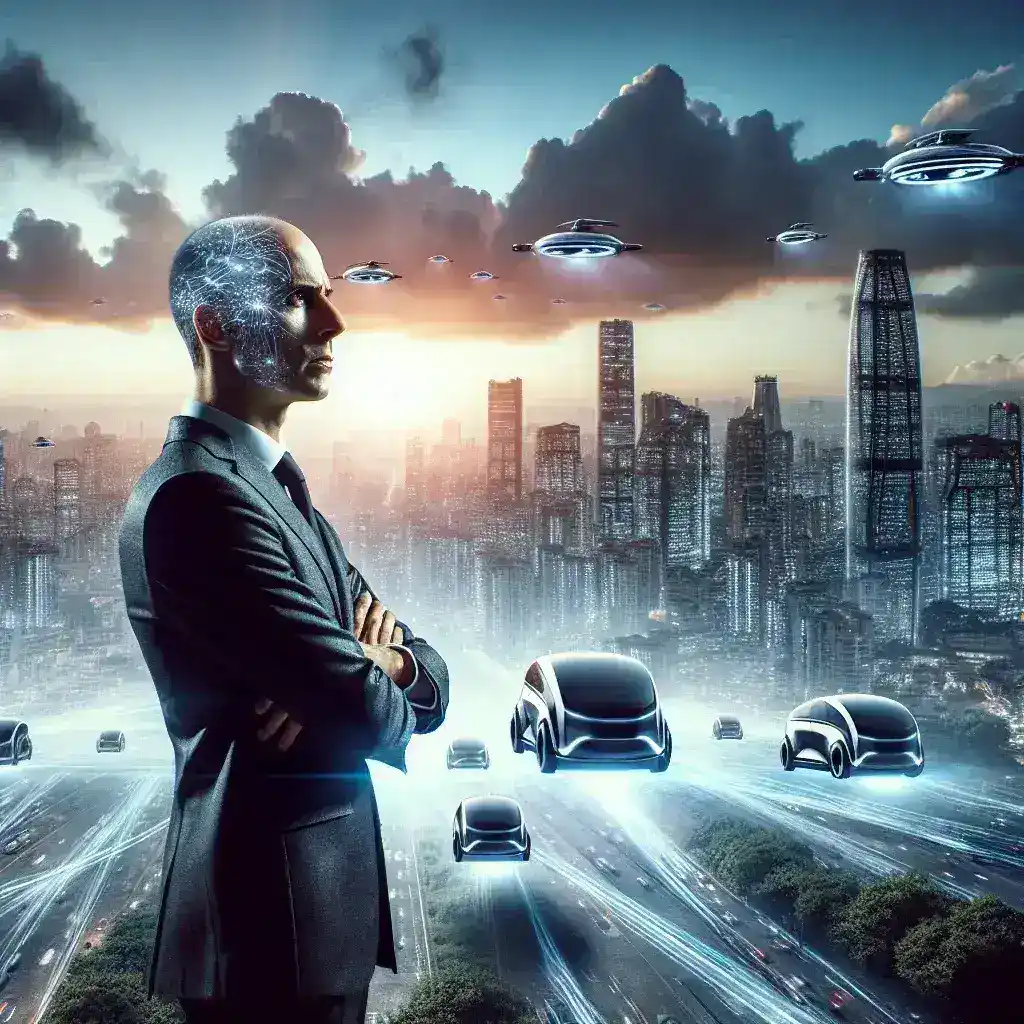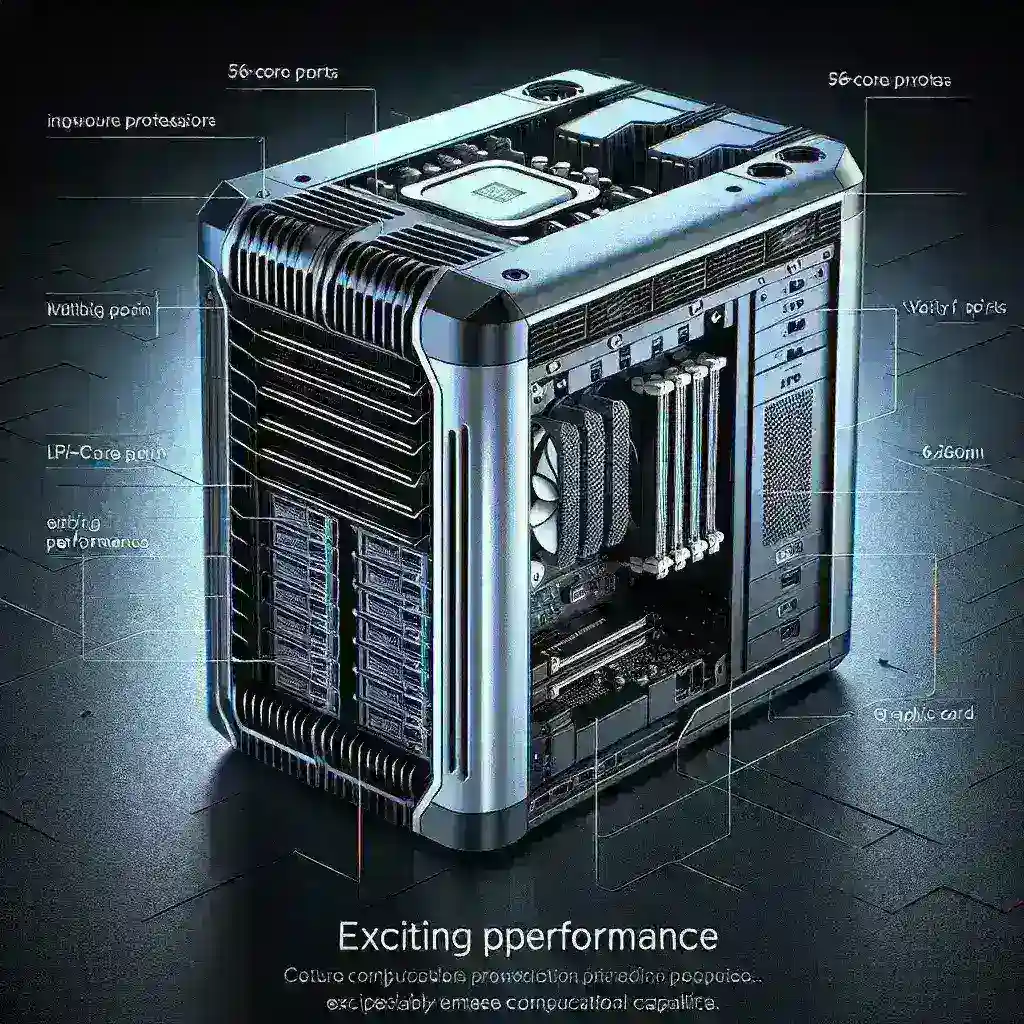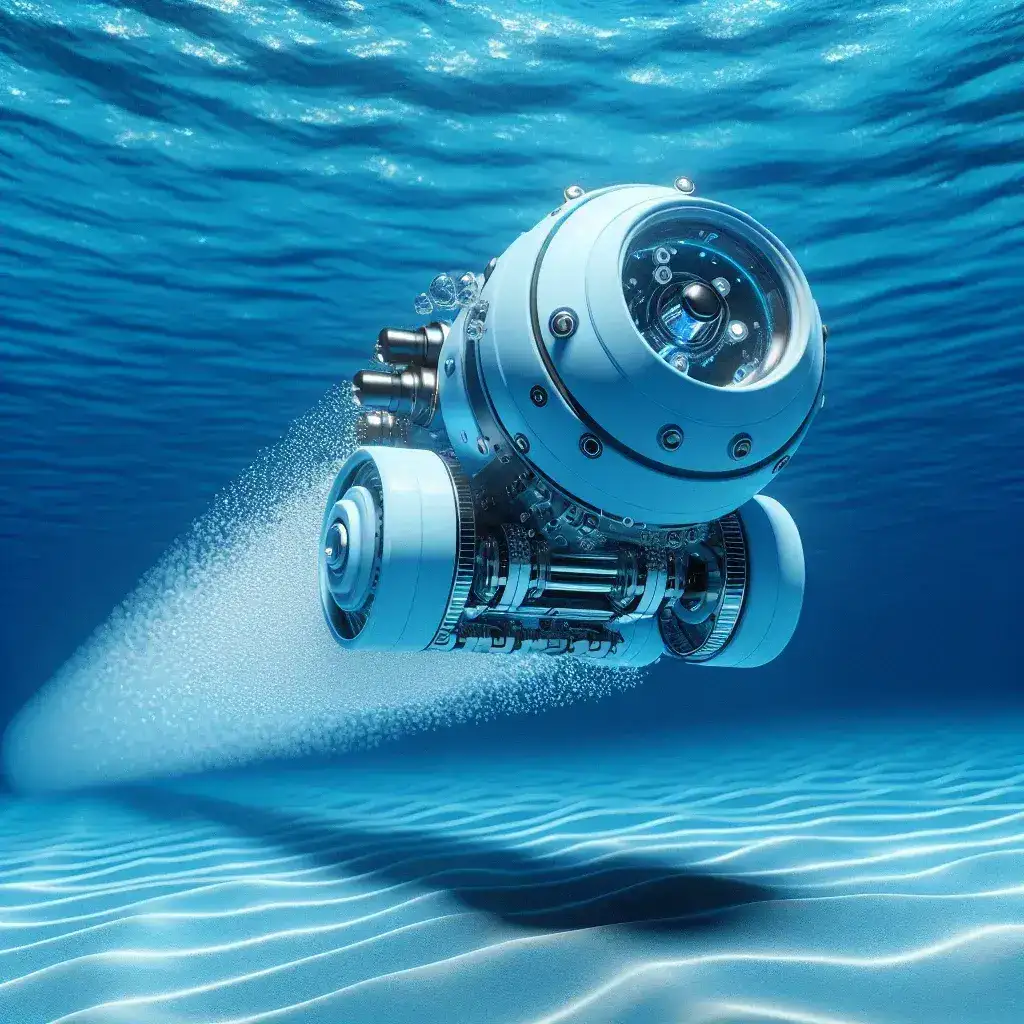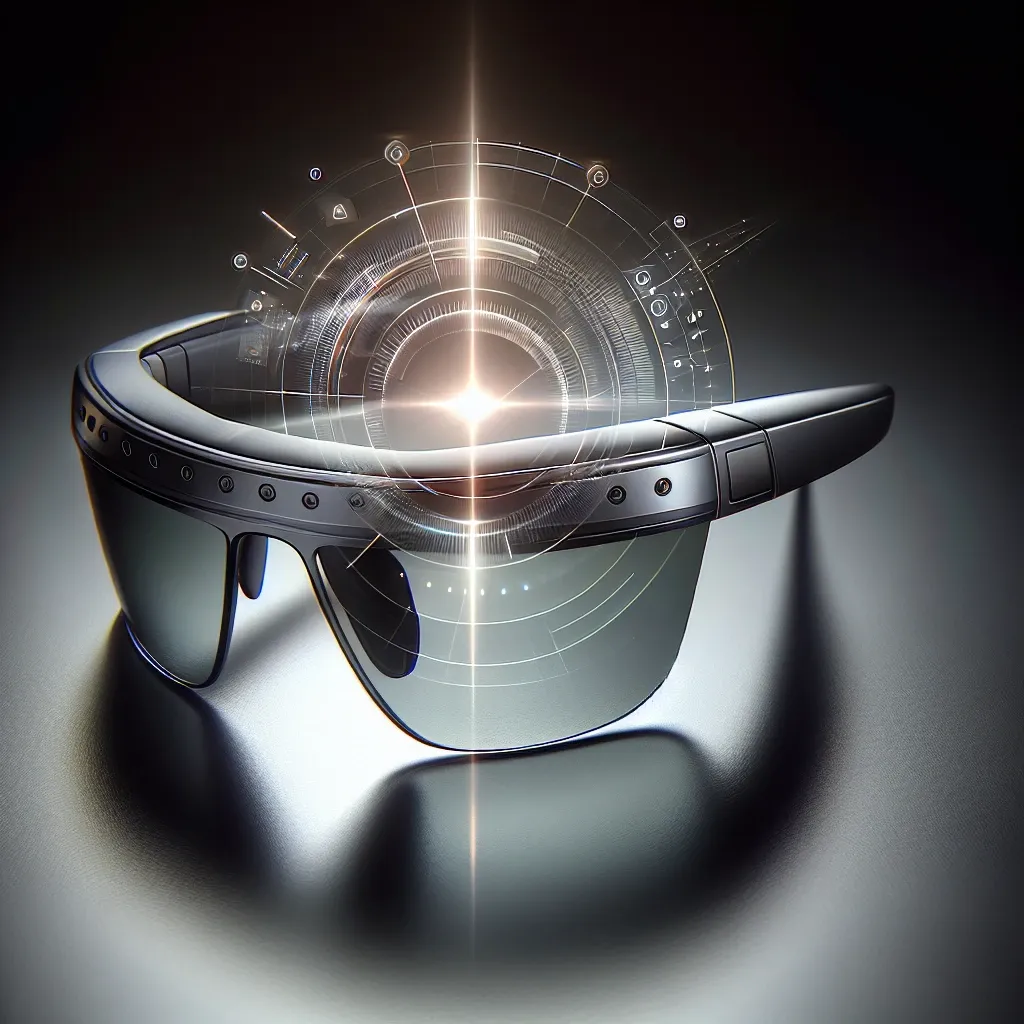Tesla’s Autonomous Revolution: Elon Musk’s Grand Vision for Self-Driving Cars
In a characteristic display of ambitious forecasting, Tesla CEO Elon Musk has made another bold proclamation that could reshape America’s transportation landscape. During a recent earnings call, Musk announced plans to deploy “hundreds of thousands” of fully autonomous Tesla vehicles on US roads by the end of next year. This declaration represents one of the most aggressive timelines yet for the widespread implementation of self-driving technology and could potentially accelerate the transition toward autonomous transportation nationwide.
The announcement comes amid growing competition in the autonomous vehicle sector and increasing scrutiny from regulators and safety advocates. While Tesla’s Full Self-Driving (FSD) technology has made significant strides in recent years, the timeline proposed by Musk represents an extraordinary acceleration of deployment plans that would require overcoming substantial technical, regulatory, and logistical hurdles.
Understanding Tesla’s Current Self-Driving Capabilities
To appreciate the magnitude of Musk’s promise, it’s essential to understand where Tesla currently stands in the autonomous driving landscape. Tesla vehicles come equipped with two distinct driver assistance systems:
- Autopilot: The standard driver assistance system included with all new Tesla vehicles, providing basic features like traffic-aware cruise control and autosteer on highways.
- Full Self-Driving (FSD): An optional premium package that builds upon Autopilot with more advanced features, including Navigate on Autopilot, Auto Lane Change, Autopark, Summon, and Traffic Light and Stop Sign Control.
Despite the name “Full Self-Driving,” Tesla’s current technology still requires active driver supervision and does not yet deliver true autonomous operation as defined by industry standards. The Society of Automotive Engineers (SAE) classifies autonomous driving capabilities on a scale from Level 0 (no automation) to Level 5 (full automation). Tesla’s current systems operate at Level 2, requiring drivers to maintain attention and be ready to take control at any moment.
The Technical Roadmap to Full Autonomy
Musk’s vision for deploying hundreds of thousands of self-driving Teslas hinges on several technical developments currently in progress:
- Hardware upgrades: Tesla has been transitioning to its in-house designed Hardware 4.0 (HW4) computer, which offers significantly more processing power than previous generations.
- Neural network improvements: Tesla continues to refine its neural networks using data collected from its fleet of over 3 million vehicles worldwide.
- FSD Beta expansion: The company has been gradually expanding access to its FSD Beta program, which features more advanced autonomous capabilities.
- Vision-only approach: Unlike many competitors that use a combination of cameras, radar, and LiDAR, Tesla has committed to a vision-only approach for its autonomous systems.
During the announcement, Musk emphasized that Tesla’s neural networks and computer vision systems are making rapid progress, with the company continuously pushing software updates to improve functionality. “The rate of improvement is exponential,” Musk stated, suggesting that the gap between current capabilities and full autonomy could close more quickly than many industry observers expect.
The Regulatory Landscape: Navigating Complex Territory
Perhaps the most significant challenge to Musk’s timeline lies not in the technology itself but in the regulatory framework governing autonomous vehicles in the United States. Currently, autonomous vehicle regulation occurs through a patchwork of state laws, with federal oversight primarily focused on safety standards rather than comprehensive autonomous driving policies.
Current Regulatory Framework
The National Highway Traffic Safety Administration (NHTSA) maintains oversight of vehicle safety standards but has not yet established comprehensive regulations specifically for fully autonomous vehicles. Instead, the agency has published voluntary guidance for automated driving systems while continuing to develop more formal regulations.
States have taken varying approaches to regulating autonomous vehicles:
- California: Requires companies to obtain permits for testing and deploying autonomous vehicles, with stringent reporting requirements for disengagements and accidents.
- Arizona: Has adopted a more permissive approach, attracting numerous companies to test their autonomous vehicles in the state.
- Florida: Has enacted legislation explicitly allowing for the operation of fully autonomous vehicles without a human operator present.
- Other states: Have varying degrees of regulation, with some having no specific provisions for autonomous vehicles.
For Musk’s vision to materialize, Tesla would need to navigate this complex regulatory landscape and potentially advocate for regulatory changes at both the state and federal levels. The company has been engaging with regulators, but achieving the necessary approvals across multiple jurisdictions within Musk’s ambitious timeline presents a significant challenge.
Safety Concerns and Regulatory Scrutiny
Tesla’s Autopilot and FSD systems have faced increasing scrutiny from regulators, particularly following several high-profile accidents involving vehicles operating with these features engaged. The NHTSA has opened multiple investigations into Tesla’s driver assistance systems, including an ongoing probe into Autopilot-related crashes.
In December 2022, the agency announced an investigation into more than 830,000 Tesla vehicles equipped with Autopilot following a series of collisions with parked emergency vehicles. Additionally, the NHTSA has requested detailed information from Tesla regarding its FSD Beta program and has been collecting data on incidents involving Tesla vehicles.
For Musk’s deployment plans to proceed, Tesla would likely need to demonstrate to regulators that its autonomous systems meet or exceed the safety standards of human drivers—a benchmark that has not yet been definitively achieved by any autonomous driving system.
The Logistics of Mass Deployment
Beyond the technical and regulatory challenges, deploying hundreds of thousands of autonomous vehicles involves complex logistical considerations. Musk’s announcement raises several questions about how such a massive deployment would occur:
Vehicle Production and Retrofitting
Tesla would need to either produce new vehicles equipped with the necessary hardware for full autonomy or retrofit existing vehicles in its fleet. While the company has been installing hardware it claims is capable of full self-driving in its vehicles for several years, some older models may require upgrades to support the latest autonomous capabilities.
Tesla produced approximately 1.3 million vehicles in 2022 and aims to increase production significantly in the coming years. However, dedicating a substantial portion of this production capacity to vehicles specifically intended for autonomous deployment would represent a strategic shift for the company.
Robotaxi Network vs. Consumer Vehicles
Musk has previously outlined plans for a “robotaxi” network, where Tesla owners could add their vehicles to a shared fleet when not in personal use. This approach would leverage the existing Tesla fleet rather than requiring the company to produce and own hundreds of thousands of additional vehicles.
During his announcement, Musk did not specify whether the planned deployment would consist primarily of consumer-owned vehicles operating in a robotaxi network, Tesla-owned vehicles dedicated to autonomous ride-hailing, or some combination of both. The distinction has significant implications for the financial and logistical aspects of the deployment.
Geographic Rollout Strategy
Deploying autonomous vehicles across the United States would likely require a phased approach, beginning in regions with favorable regulatory environments, suitable infrastructure, and climate conditions conducive to current autonomous driving capabilities.
Tesla has not yet detailed its geographic strategy for autonomous deployment, but initial rollouts would likely focus on areas where the company has already conducted extensive testing and where regulatory frameworks are more accommodating of autonomous vehicle operation.
The Economic Impact of Tesla’s Autonomous Fleet
If realized, Musk’s vision of hundreds of thousands of self-driving Teslas would have far-reaching economic implications, potentially disrupting multiple industries and creating new economic opportunities.
Transformation of Transportation Services
A large-scale deployment of autonomous Tesla vehicles could significantly impact the ride-hailing and taxi industries. Companies like Uber and Lyft have been investing in autonomous technology, recognizing its potential to reduce their largest cost center—human drivers. Tesla’s entry into this market with a large autonomous fleet could disrupt these established players and potentially reduce transportation costs for consumers.
Musk has suggested that the cost per mile for rides in autonomous Tesla vehicles could be substantially lower than current ride-hailing services, potentially making car ownership less economical for many consumers compared to using autonomous ride services.
Job Market Implications
The widespread adoption of autonomous vehicles raises important questions about employment, particularly for professional drivers. The United States has approximately 3.5 million professional truck drivers and hundreds of thousands of taxi and ride-hailing drivers whose livelihoods could eventually be affected by the transition to autonomous vehicles.
However, the deployment of autonomous vehicles would also create new jobs in areas such as fleet management, remote vehicle monitoring, and maintenance of autonomous systems. The net employment impact remains a subject of debate among economists and industry analysts.
Insurance and Liability Considerations
The deployment of autonomous vehicles raises complex questions about insurance and liability. When a self-driving vehicle is involved in an accident, determining liability becomes more complicated than with human-driven vehicles. Would liability rest with the vehicle owner, the manufacturer, the software developer, or some combination thereof?
Several insurance companies have been developing new models for insuring autonomous vehicles, but the large-scale deployment envisioned by Musk would accelerate the need for comprehensive insurance solutions tailored to autonomous systems.
Tesla’s Competitive Position in the Autonomous Vehicle Landscape
Tesla’s ambitious deployment plans come amid increasing competition in the autonomous vehicle sector. Several companies have made significant investments in developing self-driving technology, with varying approaches and timelines:
Key Competitors and Their Approaches
- Waymo: Alphabet’s self-driving technology company has been operating a limited commercial autonomous ride-hailing service in Phoenix, Arizona, and has expanded testing to other cities. Waymo uses a combination of LiDAR, radar, and cameras for its autonomous systems.
- Cruise: General Motors’ autonomous vehicle subsidiary has been testing driverless vehicles in San Francisco and has received approval for commercial driverless operations in the city during certain hours.
- Argo AI: Founded in 2016 with backing from Ford and Volkswagen, Argo AI has been developing autonomous driving technology for potential deployment in ride-hailing and delivery services.
- Aurora: Led by former Google self-driving car project leader Chris Urmson, Aurora is developing autonomous technology for both passenger vehicles and long-haul trucking.
Unlike many of its competitors, Tesla has pursued a unique approach to autonomous driving, relying primarily on cameras and neural networks rather than the more common combination of LiDAR, radar, and cameras. This approach has been controversial within the industry, with critics questioning whether camera-based systems can achieve the same level of safety and reliability as systems using a broader sensor suite.
Tesla’s Potential Advantages
Despite the skepticism from some quarters, Tesla possesses several potential advantages in the race to deploy autonomous vehicles at scale:
- Data collection: With over 3 million vehicles on the road collecting data, Tesla has accumulated a vast dataset that can be used to train and refine its neural networks.
- Vertical integration: Unlike companies that are developing autonomous systems for implementation in vehicles produced by traditional automakers, Tesla controls both the vehicle platform and the autonomous technology.
- Over-the-air updates: Tesla’s ability to remotely update vehicle software allows for rapid iteration and improvement of its autonomous systems without requiring physical modifications to vehicles.
- Manufacturing scale: Tesla’s growing production capacity could enable it to deploy autonomous vehicles at a larger scale than competitors focused solely on autonomous technology.
Historical Context: Musk’s Previous Predictions on Autonomy
Elon Musk’s latest prediction about deploying hundreds of thousands of autonomous vehicles should be considered in the context of his previous statements about Tesla’s self-driving capabilities. Musk has a history of making optimistic predictions about the timeline for achieving full autonomy:
- In 2016, Musk predicted that Tesla would demonstrate a fully autonomous cross-country drive by the end of 2017.
- In 2019, he stated that Tesla would have over a million robotaxis on the road by the end of 2020.
- In 2021, Musk expressed confidence that Tesla would achieve Level 5 autonomy by the end of that year.
These previous predictions have not materialized within the stated timeframes, leading some industry observers to approach Musk’s latest timeline with skepticism. However, supporters point out that while specific deadlines have been missed, Tesla has made consistent progress in improving its autonomous driving capabilities.
The gap between Musk’s predictions and actual achievements in autonomous driving reflects the genuine difficulty of the technical challenges involved. Developing a system that can safely navigate the infinite variability of real-world driving conditions has proven more complex than many early proponents of autonomous driving anticipated.
The Road Ahead: Challenges and Opportunities
For Tesla to achieve Musk’s vision of deploying hundreds of thousands of self-driving vehicles by the end of next year, the company will need to overcome several significant challenges while capitalizing on emerging opportunities.
Technical Challenges
Despite Tesla’s progress, several technical challenges remain on the path to full autonomy:
- Edge cases: Autonomous systems must be able to handle rare but critical driving scenarios that might occur only once in millions of miles of driving.
- Weather conditions: Camera-based systems can face limitations in adverse weather conditions such as heavy rain, snow, or fog.
- Complex urban environments: Navigating dense urban areas with unpredictable pedestrian movements, complex intersections, and temporary road configurations presents particular challenges for autonomous systems.
- System reliability: For truly driverless operation, autonomous systems must achieve extraordinary levels of reliability, with failure rates orders of magnitude lower than current systems.
Potential Catalysts for Acceleration
Several factors could potentially accelerate Tesla’s progress toward deploying autonomous vehicles at scale:
- Advances in artificial intelligence: Breakthroughs in neural network architectures or training methodologies could enhance the capabilities of Tesla’s autonomous systems.
- Regulatory streamlining: Federal legislation establishing uniform standards for autonomous vehicles could simplify the regulatory landscape and facilitate wider deployment.
- Public acceptance: Growing familiarity with driver assistance features could increase public comfort with autonomous vehicles, potentially reducing resistance to their deployment.
- Strategic partnerships: Collaborations with cities, states, or transportation authorities could create opportunities for controlled deployments in specific geographic areas.
The Broader Implications of Tesla’s Autonomous Vision
Beyond the immediate impact on Tesla’s business and the transportation sector, the large-scale deployment of autonomous vehicles could have profound implications for society, urban planning, and environmental sustainability.
Urban Planning and Infrastructure
Widespread adoption of autonomous vehicles could transform urban landscapes and infrastructure requirements. Cities might repurpose parking structures as autonomous vehicles would spend less time parked and more time in service. Traffic patterns could change dramatically as autonomous vehicles communicate with each other and optimize routing to reduce congestion.
Some urban planners envision a future where autonomous vehicles operate as part of an integrated mobility ecosystem, complementing public transit and creating new opportunities for urban design that prioritizes pedestrians and community spaces over vehicle storage.
Environmental Impact
Tesla’s autonomous vehicles would be electric, potentially reducing transportation-related emissions compared to conventional vehicles. Additionally, more efficient driving patterns and reduced congestion could further decrease energy consumption.
However, the environmental benefits would depend on several factors, including the source of electricity used to charge the vehicles and whether autonomous vehicles increase or decrease total vehicle miles traveled. If the convenience of autonomous transportation leads to more trips or longer commutes, some environmental benefits might be offset.
Accessibility and Equity
Autonomous vehicles could improve mobility for individuals who cannot drive due to age, disability, or other factors. By reducing transportation costs and increasing availability, autonomous ride services could enhance access to employment, healthcare, education, and other essential services for underserved communities.
However, ensuring that the benefits of autonomous transportation are distributed equitably would require thoughtful policy approaches and potentially subsidies for low-income users or deployment requirements for underserved areas.
Conclusion: Evaluating the Feasibility of Musk’s Vision
Elon Musk’s declaration that Tesla will deploy hundreds of thousands of self-driving vehicles on US roads by the end of next year represents an extraordinarily ambitious timeline that would, if achieved, cement Tesla’s leadership in the autonomous vehicle sector and potentially accelerate the broader transition to autonomous transportation.
While Tesla has made significant strides in developing its autonomous driving technology, the timeline proposed by Musk would require overcoming substantial technical, regulatory, and logistical hurdles at a pace that many industry observers consider challenging. The history of autonomous vehicle development suggests that achieving full autonomy has consistently proven more difficult than initially anticipated, with timelines regularly extending beyond initial projections.
Nevertheless, Tesla’s unique approach to autonomous driving, its vast data collection capabilities, and its vertically integrated business model provide the company with certain advantages in pursuing this ambitious goal. Even if the specific timeline is not fully realized, Tesla’s push toward autonomous driving continues to advance the technology and bring the vision of widespread autonomous transportation closer to reality.
As with many of Musk’s bold proclamations, the announcement serves not only as a prediction but also as a rallying cry for Tesla’s engineers and a statement of the company’s ambitions in the autonomous vehicle space. Whether or not hundreds of thousands of self-driving Teslas materialize on US roads by the end of next year, the vision articulated by Musk highlights the transformative potential of autonomous transportation and Tesla’s determination to lead this technological revolution.






Leave a Reply